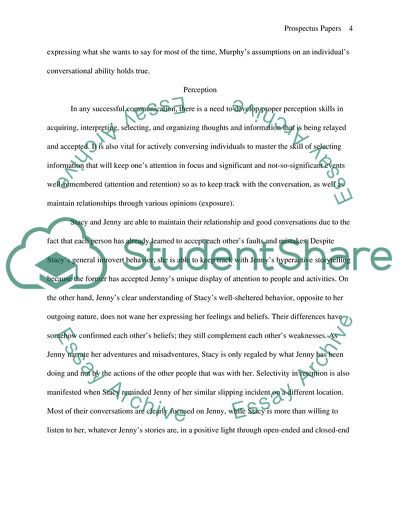Cite this document
(Communication Differences between Asian Descendants Essay, n.d.)
Communication Differences between Asian Descendants Essay. https://studentshare.org/sociology/1704631-speech-communication
Communication Differences between Asian Descendants Essay. https://studentshare.org/sociology/1704631-speech-communication
(Communication Differences Between Asian Descendants Essay)
Communication Differences Between Asian Descendants Essay. https://studentshare.org/sociology/1704631-speech-communication.
Communication Differences Between Asian Descendants Essay. https://studentshare.org/sociology/1704631-speech-communication.
“Communication Differences Between Asian Descendants Essay”. https://studentshare.org/sociology/1704631-speech-communication.


